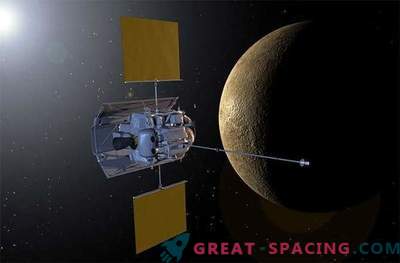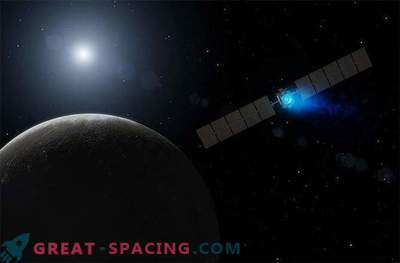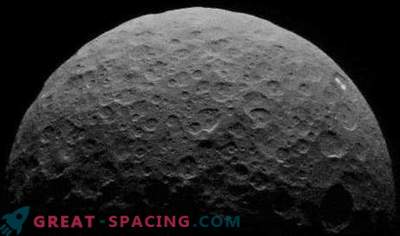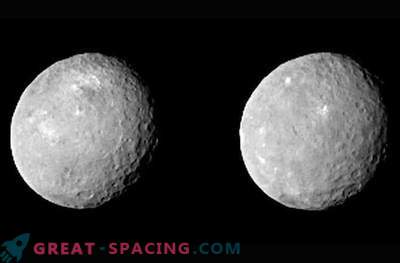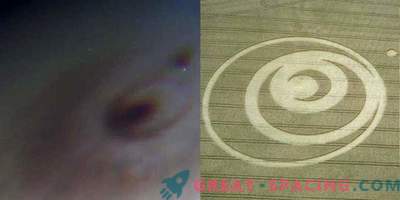
The unexpected bright spots found on the surface of the dwarf planet Ceres may be jets of ice being thrown into space.
Earlier this month, NASA's Dawn spacecraft arrived at Ceres, the largest object in the asteroid belt, and will study it for 14 months.
The first photos taken by the spacecraft showed a couple of bright spots on the surface of Ceres, which were located in the center of the crater.
"Even when the crater disappears beyond the horizon as the planet rotates, bright light continues to be observed. This suggests that the jet rises relatively high above the surface of Ceres," said scientists at the Lunar and Planetary Scientific Conference in Houston this week.
"We believe that this is a degassing process, but we need to get more detailed images to confirm this," said Andreas Natuez from the Max Planck Institute and lead researcher at the Dawn mission. Scientists suspect that the surface of Ceres is rocky and wet and has a layer of water or ice. Due to its low density, Ceres has a high potential for volcanic activity. According to another theory, ice on the surface of a dwarf planet sublimates or changes from a solid state to a gas (this happens on comets).
"It can be quite interesting," said Christopher Russell, a leading scientist at the mission, Dawn, from the University of California at Los Angeles.
"I believe that we can put Ceres in one row of its terrestrial neighbors: Mars, Earth, Venus and Mercury," Russell added.


